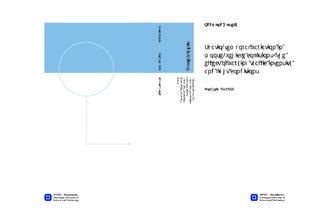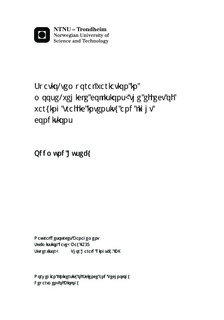| dc.description.abstract | In order to find effective mitigating measures against the large number of moose-vehicle collisions (MVCs) in the Nordic countries, it is important to learn more about the underlying mechanisms causing their spatio-temporal variation. While many studies have looked at the effects of varying moose density, traffic volume and weather conditions on the seasonal and yearly variation in MVCs, previous research has rarely studied the same questions based on MVC data collected at the temporal scales of date and hour. However, because the circadian activity of moose is closely related to the variation in daylight, the road-crossing probability of moose may differ between light periods (dusk, dawn, night and daytime) which timing and extent vary with month and latitude. Conversely, the circadian variation in traffic intensity seems to follow a fixed daily pattern in all of Norway. This indicates that the overlap between high crossing probability and high traffic intensity will show a predictable pattern across months and latitudes. To test this hypothesis, I examined to what extent the probability of MVC in a municipality was related to varying traffic intensity within light period during the year, while simultaneously controlling for spatial variation in moose density (harvest per km2) and traffic volume (number of cars). My results demonstrated that the probability of MVC for a given traffic intensity was lowest during the day, which concurs with previous findings that moose are more active at dawn, dusk and night. However, while the probability of MVC increased with increasing traffic intensity at dawn and night, as expected, the relationship was negative at daytime and dusk. The latter two periods coincide with hours of the day with the on average highest traffic intensity, which may suggest that moose may increasingly perceive roads as barriers when the traffic intensity exceeds a certain level. The circadian relationship also explained parts of the latitudinal and monthly variation in MVCs, particularly in November-January. My findings suggest that high probability of MVC is partly associated with the time of the year when high traffic intensity extends into the dark and twilight periods of the day. These results can be used to provide management authorities and the public better information about when and where an MVC is more likely to occur. | nb_NO |

